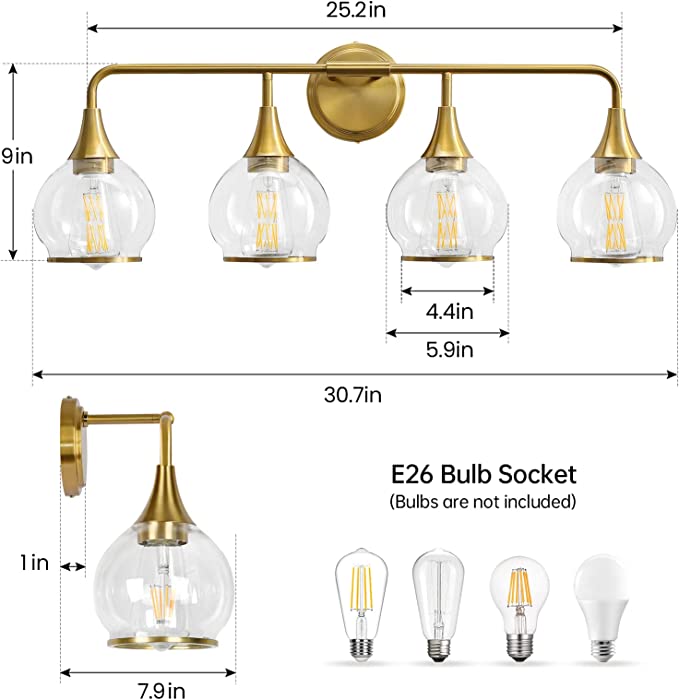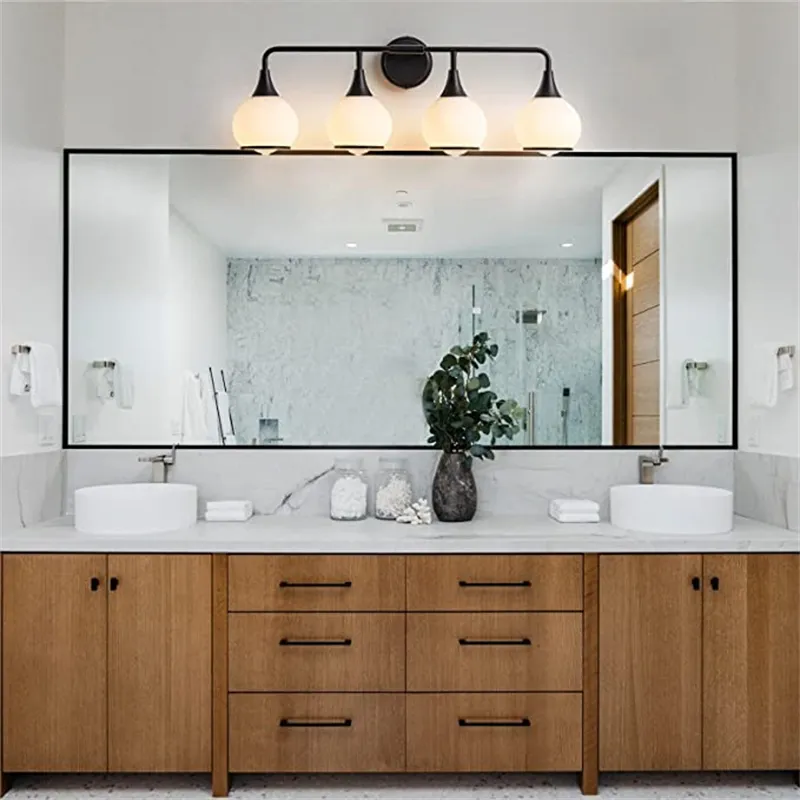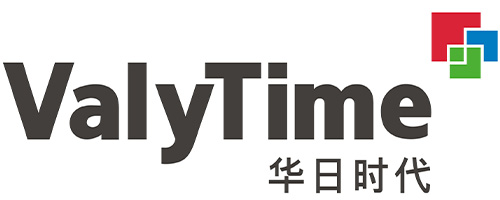Does LED wall light consume a lot of power?
LED lamps have become the mainstream of modern lighting equipment due to their high efficiency, long life and low energy consumption. In particular, LED wall lights, as a common device in home and commercial lighting, have attracted widespread attention for their power-saving advantages. When choosing LED wall lights, many consumers will ask: "Does LED wall light consume a lot of power?" This article will analyze the energy efficiency characteristics of LED wall lights in detail from multiple angles to help consumers scientifically evaluate the power consumption of LED wall lights and make wise purchasing decisions.

How does LED wall light work?
In order to understand the power consumption of LED wall lights, we first need to understand the basic working principle of LED lamps. LED (Light Emitting Diode) is a semiconductor device that converts electrical energy into light energy. It passes current through semiconductor materials to make them emit light. Compared with traditional incandescent and fluorescent lamps, LED lamps have greatly improved luminous efficiency and can produce higher brightness while consuming less electricity.
Efficient light source conversion
One of the core advantages of LED is energy efficiency. Specifically, the light efficiency of LED (that is, the number of lumens produced per watt of electricity consumed) is much higher than that of traditional bulbs. For example, traditional incandescent lamps can only produce 15-20 lumens of light flux for every watt of electricity consumed, while LED bulbs can reach 80-100 lumens or even more. Therefore, even if the brightness of LED wall lights is the same, their power consumption is much lower than other types of lamps.
Low heat generation
When traditional lamps are working, the conversion efficiency of electrical energy is low, and most of the energy is dissipated in the form of heat, resulting in energy waste. LED lamps, on the other hand, reduce heat generation through more efficient photoelectric conversion. During the use of LED wall lights, very little heat is released, further improving their energy efficiency.

What is the power and power consumption of LED wall lights?
When evaluating the power consumption of LED wall lights, the most direct reference indicator is its power (unit: watt). The power of LED wall lights is usually low. Generally speaking, their power range is usually between 5 watts and 20 watts. According to the power value and usage time, the power consumption of LED wall lights can be calculated.
Low power consumption
Compared with traditional incandescent lamps, the power consumption of LED wall lights is much lower. For example, a traditional incandescent lamp may require 60 watts of power to provide the same brightness, while an LED wall light only requires 10 watts or less. Therefore, at the same brightness, the power of an LED wall light is much lower than that of traditional lighting equipment.
Calculating power consumption
The power consumption of an LED wall light usually depends on the power of the lamp and the usage time. For example, assuming that an LED wall light has a power of 10 watts and is used for 8 hours a day, its power consumption for one day is: 10 watts×8 hours=80 watt-hours (Wh). If it is calculated based on the electricity cost of 1 yuan per kilowatt-hour (kWh), the electricity cost for one day is: 80 Wh1000×1=0.08 yuan. If it is used for one month (30 days), the electricity cost for one month is: 0.08 yuan/day×30 days=2.4 yuan. This means that the monthly electricity cost of an LED wall light is only a few yuan, which is a significant saving compared to traditional lamps.
LED wall light vs. traditional lamps
When analyzing the power consumption of LED wall lights in depth, it is necessary to compare them with traditional lighting fixtures. Traditional lighting fixtures usually include incandescent and fluorescent lamps, which have a significant gap in energy efficiency and power consumption compared to LED lamps.
Incandescent lamps
The light-emitting principle of incandescent lamps is relatively inefficient, with most of the electrical energy converted into heat energy and only a small part converted into visible light. The brightness provided by a 60-watt incandescent lamp usually requires a 6- to 8-watt LED lamp. In this case, the LED wall light can provide the same brightness while consuming less electricity.
Fluorescent lamps
Fluorescent lamps are more energy-efficient than incandescent lamps, and a typical 18-watt fluorescent lamp can provide the same brightness as a 100-watt incandescent lamp. However, fluorescent lamps are still far less energy-efficient than LED lamps. Compared with fluorescent lamps, LED wall lights are more energy-efficient and have a longer lifespan.
Energy-saving lamps
Compact fluorescent lamps (CFLs) are a technology between fluorescent lamps and LED lamps. Similar to fluorescent lamps, energy-saving lamps have lower power consumption, but their energy efficiency is still worse than that of LED lamps, and their light decay is faster. In contrast, LED wall lights can provide a stable light source with a longer life and lower power consumption.
Therefore, the power consumption of LED wall lights is the most advantageous among all mainstream lighting technologies, and its low power consumption and high brightness output make it the best choice for energy-saving lighting.

Energy efficiency and energy-saving characteristics of LED wall lights
In addition to low power consumption, another notable feature of LED wall lights is its high energy efficiency. Luminous Efficacy refers to the luminous flux (lumens) generated for every watt of electrical energy consumed, which directly affects the energy saving degree of lighting equipment.
Higher energy efficiency
The luminous efficiency value of LED wall lights is usually between 80 lumens/watt and 120 lumens/watt, which means that they can produce sufficient brightness at lower power consumption. In contrast, the luminous efficiency values of traditional incandescent lamps and fluorescent lamps are much lower than those of LED lamps. Incandescent lamps usually have a luminous efficiency of about 10 lumens per watt, while energy-saving lamps have a luminous efficiency of about 40 lumens per watt. Obviously, LED wall lights have more advantages in terms of both luminous efficiency and power consumption.
Long life
Another energy-saving advantage of LED wall lights is their extremely long service life. Traditional lamps usually need to be replaced regularly, especially incandescent lamps and energy-saving lamps, which have a short lifespan. Frequent replacement not only increases maintenance costs, but also increases environmental burdens. The lifespan of LED wall lights is usually between 20,000 hours and 50,000 hours, which is far longer than traditional lighting equipment. This means that in the same period of use, LED wall lights require less replacement and maintenance, thereby saving more resources and energy.

LED wall light power consumption calculation example
To help consumers understand the power consumption of LED wall light more intuitively, the following are several examples of electricity bill calculation for LED wall light with different power and usage:
LED wall light with power of 6 watts
Assuming that a 6-watt LED wall light is used for 6 hours a day, its daily power consumption is: 6 watts×6 hours=36 watt-hours (Wh). If it is used every day, the monthly power consumption is: 36 Wh×30=1080 Wh=1.08 kilowatt-hours (kWh). Based on the electricity fee of 1 yuan per kilowatt-hour, the electricity fee for this month is: 1.08 kWh×1 yuan=1.08 yuan.
12-watt LED wall light
Assuming a 12-watt LED wall light is used for 8 hours a day, the monthly power consumption is: 12 watts×8 hours×30 days=2880 watt-hours=2.88 kilowatt-hours (kWh), and the monthly electricity cost is calculated at 1 yuan per kWh: 2.88 kWh×1 yuan=2.88 yuan.
If you're in the market for high-quality LED lighting solutions, Huari Lighting Co., Ltd has you covered. Established in 1996, we are a leading manufacturer of energy-efficient LED lighting products, producing over 1 million units every month. Our factory offers a diverse range of products, from LED downlights and ceiling lights to track lights and bulbs, all certified to meet international standards. As a trusted supplier, we offer competitive prices, bulk purchasing discounts, and custom solutions for businesses in need of reliable lighting. Contact us today for quotes and special offers.
